Study Says: College students lack key skills
The following is a news brief taken form the 1/22/06 Sunday edition of the St. Paul Pioneer Press:
Washington: Nearing a diploma, most college students cannot handle many complex but common tasks, from understanding credit card offers to comparing the cost per ounce of food. Those are the sobering findings of a study of literacy on college campuses, the first to target the skills of students as they approach the start of their careers. More than 50 percent of students at four-year schools and more than 75 percent at two-year colleges lacked the skills to perform complex literacy tasks. That means they could not interpret a table about exercises and blood pressure, unable to understand the arguments of newspaper editorials or summarize results of a survey about parental involvement in school.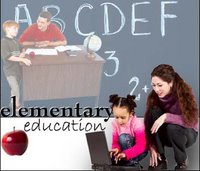 I noticed the same information was posted ontheborderline.net. It just goes to show you that great minds think alike -- or even a blind squirrel finds a nut. Anyway, I was interested in seeing what the OTBL'ers had to comment about this study. My guess is that this would apppear to another tally mark on their reasons why public education is bad, unions are evil, etc.
I noticed the same information was posted ontheborderline.net. It just goes to show you that great minds think alike -- or even a blind squirrel finds a nut. Anyway, I was interested in seeing what the OTBL'ers had to comment about this study. My guess is that this would apppear to another tally mark on their reasons why public education is bad, unions are evil, etc.
Well consider the following comment:
Here is another comment from the study:
“Almost 20 percent of students pursuing four-year degrees had only basic quantitative skills. For example, the students could not estimate if their car had enough gas to get to the service station. About 30 percent of two-year students had only basic math skills.”
I have heard this from several college professors, a high school math teacher, and business people that students do not have the ability to estimate. Wouldn't have anything to do with the constant parade of "new math" curriculum or the dependency on calculators would it?
Unfortunately our children are being used as laboratory rats upon which curriculum directors and social worker experiment on in order to justify their very existence.
Comment by Mark Pribonic, 1/20/2006 @5:22 pm
---
I highlighted the "unfortunately..." conclusion to Mr. Pribonic's quote, because he might not have written this had he read a little deeper into the survey links provided in the OTBL post.
Read the complete American Institute of Research study.
Below is the fact sheet provided with the study. It is an interesting summary of the findings in the study. The laboratory rat experiments being done on today's children. I highlighted the finding that the results don't differ between public and private school students. Likeiwse, note that these students scored higher that non students -- which we would hope.
---
FACT SHEET: THE NATIONAL SURVEY OF AMERICA'S COLLEGE STUDENTS
The National Survey of America’s College Students (NSACS) surveyed the English-language abilities of 1,827 students in their final year at 80 randomly selected 2-year and 4-year public and private colleges and universities across the United States.
The survey measured abilities related to three types of skills: prose, document, and quantitative literacy. Prose literacy indicates the ability to read and understand information in newspapers, brochures, and instructional materials. Document literacy involves the ability to comprehend job applications, payroll forms, transportation schedules, maps, tables, and food or prescription drug labels. Quantitative literacy involves the ability to perform computations – including balancing a checkbook, calculating a tip, or completing an order form. Literacy levels were categorized as Below Basic, Basic, Intermediate, and Proficient based on the abilities of participants.
The Literacy of College Students Compared to the Nation
The average prose, document, and quantitative literacy of students in 2- and 4-year institutions is significantly higher than the average literacy of adults in the nation.
Across the literacy scales, the percentage of students in 2- and 4-year institutions with Below Basic literacy is significantly lower than the percentage of adults in the nation with Below Basic literacy. Below Basic literacy involves simple literacy skills, such as reading instructions to find out what a patient is allowed to drink before a medical test, or adding up amounts on a bank deposit slip.
One percent of students in 4-year institutions have Below Basic prose literacy skills, while one percent have Below Basic document literacy, and another one percent have Below Basic quantitative literacy.
Students in 2-year institutions scored similarly, with one percent having Below Basic skills in the prose and document categories, while four percent are Below Basic in quantitative literacy.
Students in 2- and 4-year colleges have the most difficulty with quantitative literacy:
approximately 30 percent of students in 2-year institutions and nearly 20 percent of students in 4-year institutions have only Basic quantitative literacy. Basic literacy skills are those necessary to compare ticket prices or calculate the cost of a sandwich and a salad from a menu.
Among college students, there are no significant differences in the average prose, document, and quantitative literacy of men and women – indicating that women may be making process in bridging a divide that has long existed between the sexes.
The average literacy of White, Black, Hispanic, and Asian students in 4-year colleges is significantly higher than that of adults in the same racial and ethnic groups in the nation.
The average prose and quantitative literacy of White students in 4-year institutions is higher than for any other racial/ethnic group, mirroring trends in the general population. White students also have the highest prose and document literacy among 2-year colleges.
Institutional Context and Literacy
There are no significant differences in the literacy of students graduating from public and private institutions. Additionally, there are no differences in the skills of part-time and full-time students. Generally, there is no relationship between literacy and the length of time it takes to earn a degree, or between literacy and an academic major.
Students in 4-year colleges have higher average prose, document, and quantitative literacy than their peers in 2-year colleges.
The literacy of students in 2-year schools does not differ based on the academic or technical curricular emphasis of the school.
Student Characteristics and Literacy
Among students in 2- and 4-year institutions, average prose, document, and quantitative literacy is higher for U.S.-born students than for their foreign-born peers.
Despite variations in income, most differences in the literacy of students across income groups are not significant. The only significant differences exist between students in 4-year institutions with the lowest and highest income backgrounds. Students in the highest income group (either their personal income or the income of their parents) have higher prose and document literacy than students in the lowest income group.
The literacy levels of college students are directly related to the education of their parents: children whose parents graduated college or attended graduate school have higher literacy than students whose parents did not graduate high school or stopped after receiving a high school diploma or GED.
This pattern of results related to parents’ education among students in 2-year institutions is similar to that of their peers in 4-year institutions.
Students who graduate from U.S. high schools have higher literacy than graduates from foreign high schools, though the literacy of students from foreign schools is similar to or greater than the literacy of all U.S. adults.
College Experience and Literacy
Prose and document literacy is higher for students in 2- and 4-year institutions who take classes that emphasize analytic thinking, such as evaluating the strength of arguments and applying theories to practical problems or new situations. Prose and quantitative literacy is lower for students in 4-year colleges and universities who say they frequently meet with their professors outside of class to discuss readings.
Although students who switch colleges may face challenges, the average literacy of students in 2- and 4-year institutions does not differ based on the number of institutions they attend.
For students in 4-year colleges, average prose, document, and quantitative literacy is similar across most majors.
Students in 2-year institutions have similar literacy to one another regardless of major.
Among students in 4-year colleges, document and quantitative literacy is highest for students who plan to earn a professional degree (e.g., law, medicine, or dentistry).
For students in 2-year institutions, literacy is lowest for students who report they will stop their education after obtaining an Associate’s degree.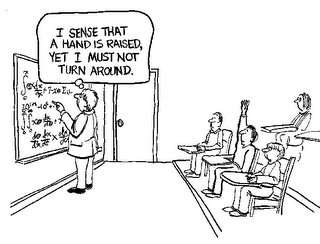 Established in 1946, the American Institutes for Research (AIR) is an independent, nonpartisan not-for-profit organization that conducts behavioral and social science research on important social issues and delivers technical assistance both domestically and internationally in the areas of health, education, and workforce productivity.
Established in 1946, the American Institutes for Research (AIR) is an independent, nonpartisan not-for-profit organization that conducts behavioral and social science research on important social issues and delivers technical assistance both domestically and internationally in the areas of health, education, and workforce productivity.
The Pew Charitable Trusts
The Pew Charitable Trusts serves the public interest by providing information, advancing policy solutions and supporting civic life. Based in Philadelphia, with an office in Washington, D.C., the Trusts will invest $204 million in fiscal year 2006 to provide organizations and citizens with fact-based research and practical solutions for challenging issues.
---
What I find interesting in the debates over K-12 education, be it public or private, charter or voucher, is there are valid arguments on all sides of the issues, but none of the sides seem to be interested in listening to what the other side has to say. It's like everybody wants to "teach" the other side on the issue and nobody wants to "learn" how to fix the problems.







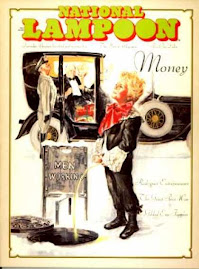








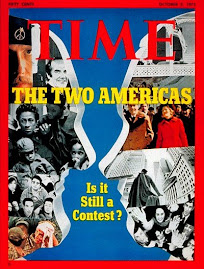




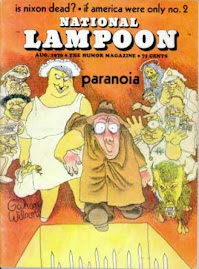




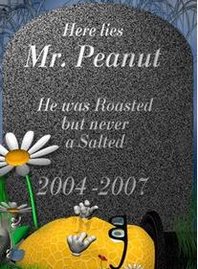
No comments:
Post a Comment